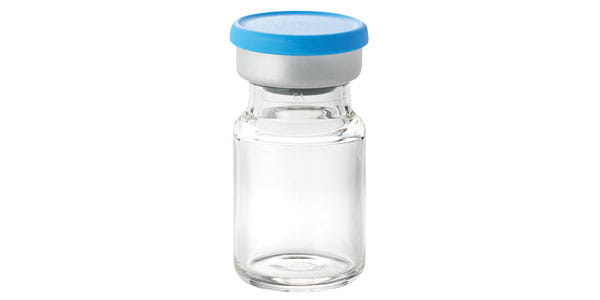Data-Driven Container Closure System Optimization
Selecting the best vial container closure system (CCS) components and capping process for a drug product ensures optimal performance and patient safety. An optimized CCS requires compatible components (rubber stopper, aluminum seal, glass or polymer vial) and proper capping setup. This provides predictable sealing performance, which maintains the container closure integrity (CCI) needed for patient safety and visual acceptance.
![]()

Components and capping setup must be considered together in order to define a robust and optimal performance window for the CCS. Piece-to-piece variations in each of the three CCS components present a challenge. Variations within component dimensional tolerances can have drastic effects on the expected amount of rubber compression, as well as the resulting seal skirt overhang length.
This was discussed by A. Bucci and Q. Zeng in Comprehensive Container Closure System Stack-Up Simulation and Optimization in the Digital Age at 2019 PDA Europe Parenteral Packaging Conference. It was shown that by applying a comprehensive stack-up analysis, using both manufacturing data and laboratory testing, it is possible to calculate the configurations of every assembled and compressed CCS. This information is then overlaid onto the performance window to predict the probability of outliers which may cause CCS defects. Using this information, drug product manufacturers can properly select CCS components and tune the capping process to ensure predictable and reliable sealing performance. This helps to ensure drug product performance and safety.
For more on how West can help select and use CCS components, contact an Account Manager or Technical Customer Service (TCS) representative.



